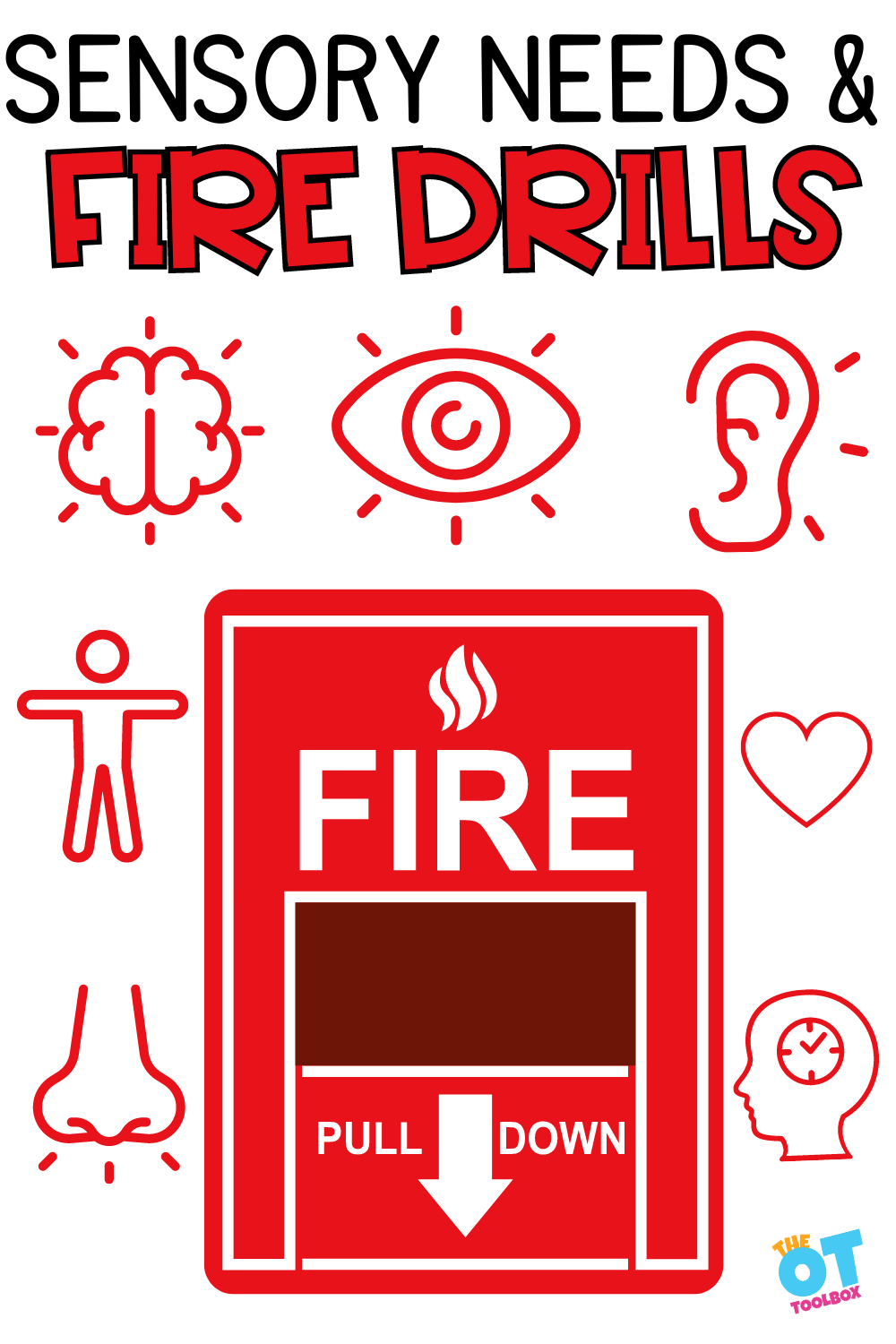We’ve covered a lot of themed breathing exercises for kids here on the website. On this page, you’ll find all of those breathing exercises in one place.
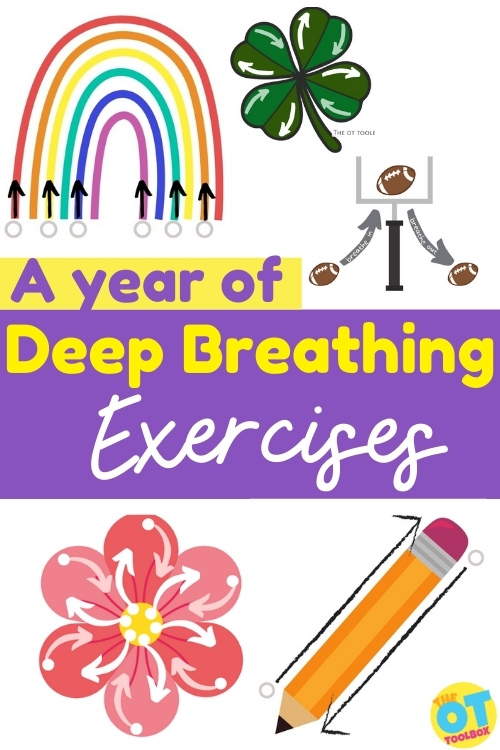
If you are a therapist, a teacher, or a parent, you have probably at one time or another, needed a quick strategy to help kids pay attention to the task at hand, calm down, or manage their stress. Have you ever had a child break down from fatigue, overwhelming emotions, or sensory needs? Breathing exercises for kids are one of those tools that require no materials or therapy equipment and can be used anywhere.
BENEFITS OF BREATHING EXERCISES for Kids
Deep breathing exercises have been known to reduce blood pressure, cortisol levels, and other markers of stress in adults for some time now (2). The practice of purposeful breathing has been shown to be an effective way to enhance emotions and reduce anxiety without prescription medication (5). Research guiding this practice in children is catching up to what many clinicians already know from their practice – that the positive impacts of breathing exercises for children are boundless!
Deep breathing exercises can improve a child’s attention, emotional regulation, and social skills (1; 7). When done correctly, there are no known negative effects of deep breathing exercises and many positive physiological, psychological, emotional, and behavioral effects for people of all ages.
Breath Control is a powerful too for kids.
Breathing exercises are a coping tool to support relaxation. When focused breathing occurs with breath control to inhale a deep, diaphragmatic breathing strategy, and then held for a moment to hold the breath at full capacity, there are many calming benefits. This relaxation breathing is a breath control mechanism.
Diaphragmatic Breathing Exercises for Children
There is more to breathing exercises than just taking deep breaths. Let’s break down the how to use diaphragmatic breathing as a therapeutic tool.
What is DIAPHRAGMATIC BREATHING?
Diaphragmatic breathing, or belly breathing, is one of the most common types of breathing exercises for reducing stress and increasing positive thoughts, feelings, and behaviors.
This is because when you take a deep belly breath, it triggers the parasympathetic nervous system (3). This is the system of the body that is responsible for calming you down; it’s the “rest and digest” that opposes the “fight or flight” response of the sympathetic nervous system.
How to use diaphragmatic breathing
- Start by taking a deep breath in through your nose and try to fill your lower belly with air. Think of pushing the belly button out.
- The diaphragm muscle contracts when you breathe, but when you purposefully use your belly on your inhalation, the air can move deeper into the body. This increases the length of the diaphragm and the efficiency of respiration.
- More carbon dioxide is released into the bloodstream, which is great for all parts of the body that thrive on CO2.
- Full, deep breaths turn on the parasympathetic nervous system, which tells many parts of the body to calm down.
- Because of its effects on the parasympathetic nervous system, diaphragmatic breathing stabilizes body temperature, heartbeat and blood pressure, and relaxes tense muscles (3).
- Now that you are calm, you are more able to regulate your emotions and behaviors, attend to difficult tasks, and be more present in all of your occupations!
Use these Deep Breathing Exercise Flashcards to boost your child’s understanding of certain breathing exercises, like balloon breathing, belly breathing, bubble breaths, and more!
Themed Deep Breathing Exercises for Kids
To help young children learn deep breathing exercises, we have put together a mega-list of slide decks for your toolbox! Check out the many different options below, based on your child’s interests, the current season, or upcoming holidays!


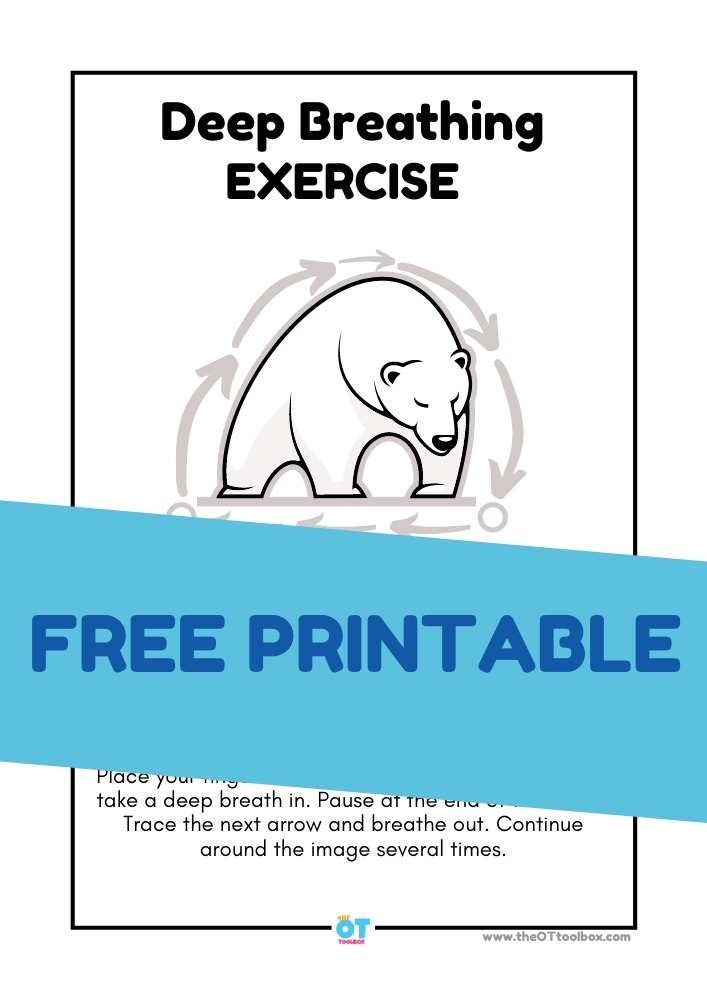
January
Snow Globe Deep Breathing Exercise
Snowman Deep Breathing Exercise
Polar Bear Self-Regulation Exercise
February


March
April
Spring Sensory Stations and Mindfulness Exercises
May
June
July
Beach Fun Breathing Slide Deck
August

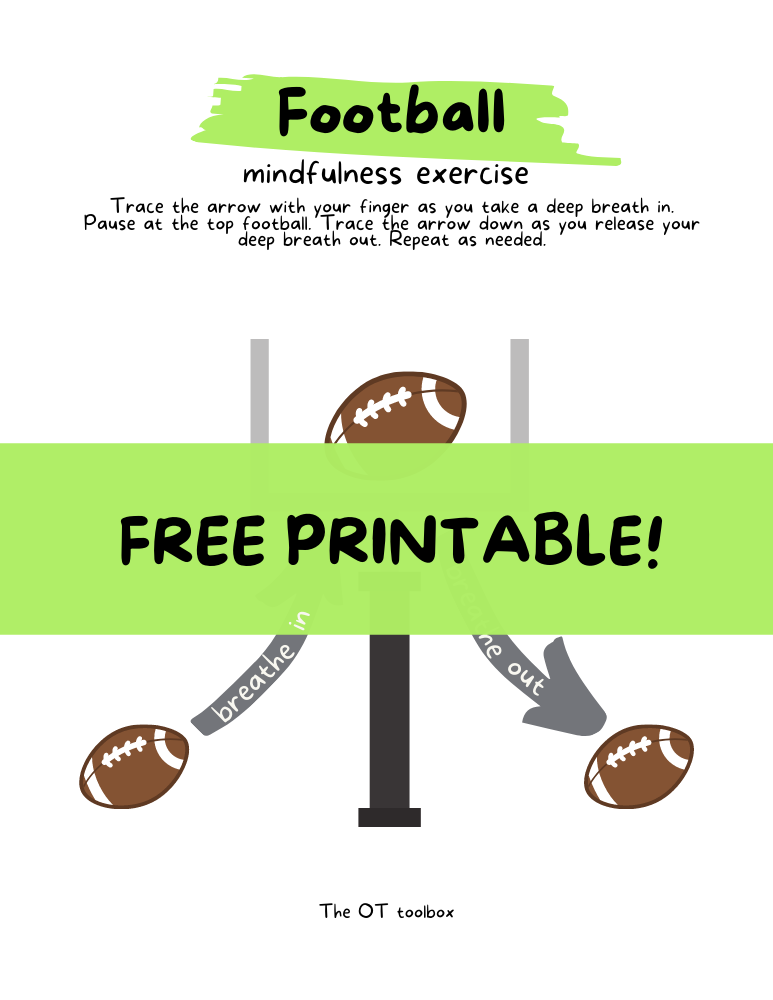
September
School Bus Deep Breathing Exercise for Stress Relaxation
Fall Sensory Stations and Mindfulness Exercise
Fall Leaves Deep Breathing Exercise
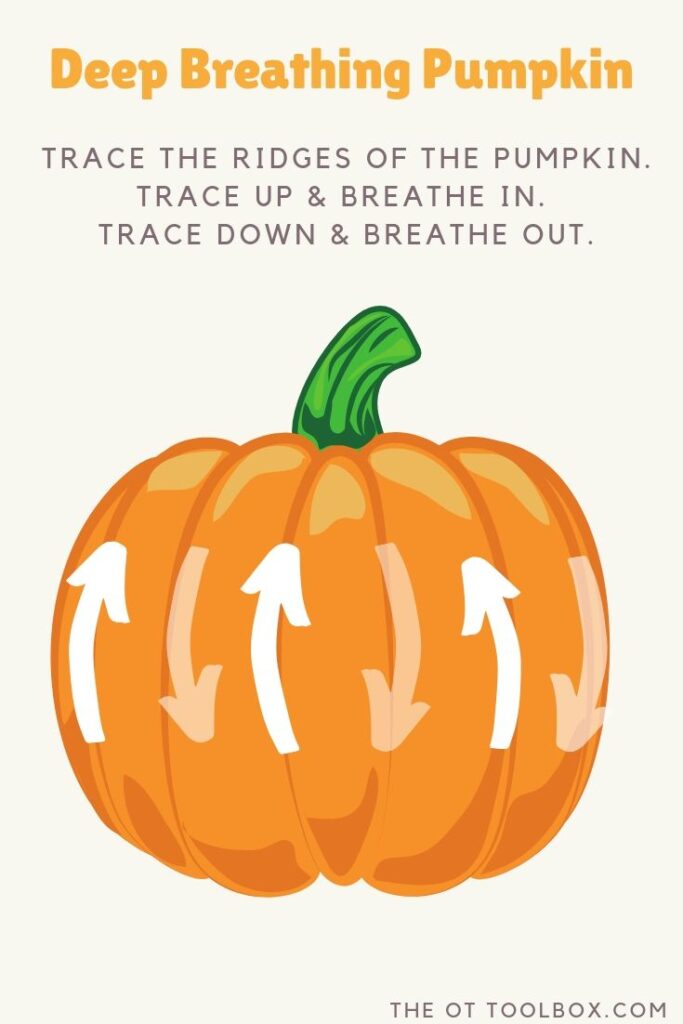
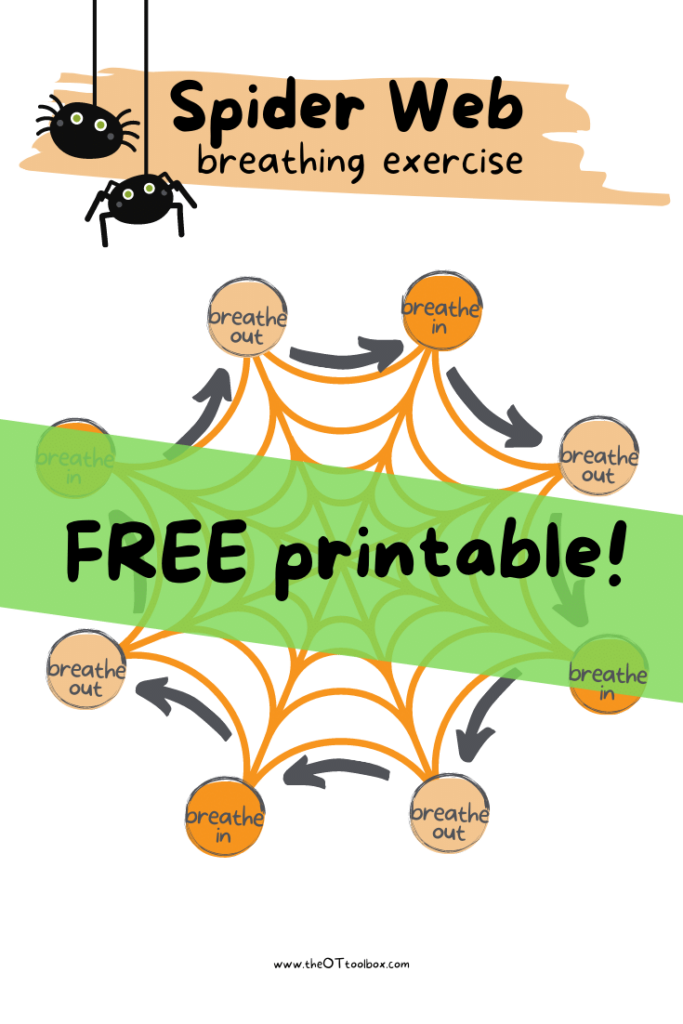
October
Pumpkin Deep Breathing Exercise
November
Thanksgiving Mindfulness Activity
Winter Sensory Walk and Mindfulness Stations
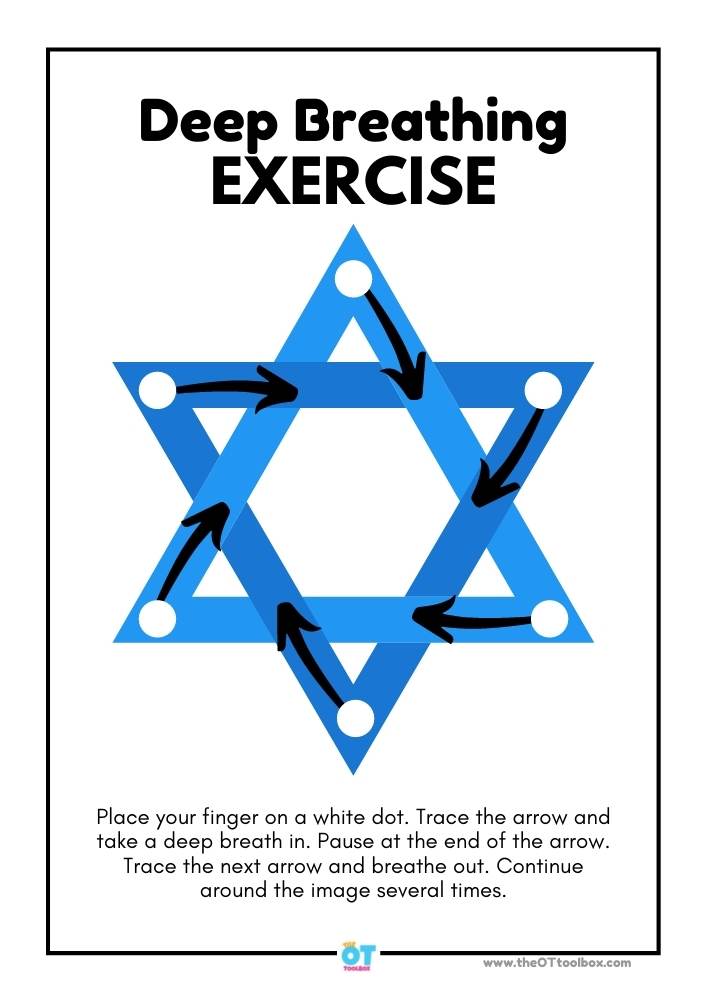


December
Star of David Deep Breathing Exercise
Christmas Wreath Deep Breathing Exercise
Christmas Sensory Stations and Mindfulness Stations
Deep Breathing Exercises and GUIDED MEDITATION
Controlled breathing is often a staple of guided meditation. Research suggests that deep breathing exercises coupled with meditation practices may increase the positive outcomes.
“mindfulness meditation decreases anxiety and detrimental self-focus of attention, which, in turn, promotes social skills and academic outcomes” (Beauchemin, Hutchins & Patterson, 2008)
Generally, the evidence from recent research says that guided meditation can help children self-regulate their emotions and behaviors (4). This, in turn, increases attention and wanted behaviors, and promotes positive social and academic outlooks.
There is also evidence that shows its effectiveness with children with attentional deficits, like ADHD. Mindfulness meditation, including breathing exercises, was found to be effective in reducing behavioral problems and increasing attention in primary school students with ADHD in multiple studies (1; 7).
This research is really fantastic news for anyone who teaches children, works with children, or has children of their own – we all know how hard it is to maintain their attention!
Even more great news – a mindfulness meditation course that was used during physical education class was shown to improve working memory in its participants (6).
How will you use breathing exercises to improve your child’s life (and yours!)?
breathing techniques for child anxiety
Mental health struggles are so overlooked and underdiagnosed. Recently a push for mental health awareness has gained some traction. If you are or know someone who is struggling, you know how difficult it is to get the right help. Waiting lists to see a doctor can seem like a mile long. Getting in to see the right specialist takes time and persistence.
Breathing techniques can be a powerful tool to combatting childhood anxiety because of the physiological impact that anxiety has on the body and brain. While each individual is different, it is always important to listen to our body and notice the physical changes that anxious thoughts have.
There are warning signs that anxiety is occurring, and it can feel like an attack. Luckily, deep breathing is a quick and easy tool to combat these physical signs of anxiety:
- Chest pain or rapid heartbeat
- Stomach ache
- Headache
- Sweating
- Tense muscles
- Blurred vision
- Rumination
- Back and neck pain
Deep breathing is a tool to impact physiological changes from stress and anxiety because it has rapid results internally, especially when belly breathing is used.
In the meantime, or to prevent further damage, a little self care can go a long way. Before taking on all of the challenges of the day to day, take time for a little self care.
Try and use it this month to take a little time for yourself each day. Don’t let it add to your stress as one more thing to do, but take five minutes to remind yourself of the possibilities each day.
In addition to finding help and working on self care, learning coping strategies is an excellent step to reducing stress and improving mental health.
The OT Toolbox has several excellent printables and tools to help develop strategies for reducing stress, decreasing arousal level, or improving focus.
In sensory speak this activity can be used for modulation and improving arousal level. This basically means practicing self regulation and calming, by focusing the energy on a single activity rather than the offending or overwhelming sensory input.
This Deep Breathing PDF can also be used to improve focus. Learners can practice channeling their energy onto the page to begin to learn to attend to one item at a time. This will help practice self control.
Mindfulness is not new. It has been around for centuries. Monks and Buddahs have practiced this ritual for hundreds of years. In western medicine, mindfulness is commonly taught in dialectical behavioral therapy, or DBT treatment. According to the writers at mindful.org, “mindfulness is the basic human ability to be fully present, aware of where we are and what we’re doing, and not overly reactive or overwhelmed by what’s going on around us. Mindfulness is a quality that every human being already possesses, it’s not something you have to conjure up, you just have to learn how to access it.”
The OT Toolbox has an informative page of resources for mindfulness. Check it out!
While learning DBT, I tried to learn mindfulness. I learned I am not good at it. I can not slow my mind enough to sit without doing or thinking. As a DBT activity, I clocked how many thoughts went through my head in 60 seconds. I had over 20 different thoughts one of the days I tried this task. I one minute! Imagine people who meditate and are proficient at mindfulness can sit for HOURS thinking of nothing, just listening to nature or attending to their breathing.
I downloaded apps for meditation also. I failed when I read the fine print that says not to use while driving. That is prime time for me to get anything done! I am still working on accessing this part of my brain, but it is challenging.
What other strategies can I use for calming and organizing?
- Mindfulness activities
- Sensory fidgets such a putty, koosh balls, coil bracelets
- Chewing gum
- Journaling and creative writing
- Aromatherapy
- Heavy work
- Exercise/yoga/pilates/walking
- Pet therapy
- Music
- The list is endless, work with each of your learners to find out what helps them with their self care
With all of the holiday fun and excitement, do take time out for self care and deep breathing. It will be worth it!
References
1. Beauchemin, J., Hutchins, T. L. & Patterson, F. (2008). Mindfulness meditation may lessen anxiety, promote social skills, and improve academic performance among adolescents with learning disabilities. Complementary Health Practice Review, 13 (1), 34-45. https://doi.org/10.1177/1533210107311624
2. Brown, R. P., Gerbarg, P. L., & Muench, F. (2013). Breathing practices for treatment of psychiatric and stress-related medical conditions. The Psychiatric clinics of North America, 36(1), 121–140. https://doi.org/10.1016/j.psc.2013.01.001
3. Chen, Y., Huang, X., Chien, C., & Cheng, J. (2017). The Effectiveness of Diaphragmatic Breathing Relaxation Training for Reducing Anxiety. Perspectives in Psychiatric Care, 53(4), 329–336. https://doi-org.cuw.ezproxy.switchinc.org/10.1111/ppc.12184
4. Crescentini, C., Capurso, V., Furlan, S., & Fabbro, F. (2016). Mindfulness-oriented meditation for primary school children: Effects on attention and psychological well-being. Frontiers in psychology, 7, 805. https://doi.org/10.3389/fpsyg.2016.00805
5. Ma, X., Yue, Z. Q., Gong, Z. Q., Zhang, H., Duan, N. Y., Shi, Y. T., Wei, G. X., & Li, Y. F. (2017). The effect of diaphragmatic breathing on attention, negative affect and stress in healthy adults. Frontiers in psychology, 8, 874. https://doi.org/10.3389/fpsyg.2017.00874
6. Quach, D., Jastrowski Mano, K. E. & Alexander, K. (2016). A randomized controlled trial examining the effect of mindfulness meditation on working memory capacity in adolescents. Journal of Adolescent Health, 58(5), 489-496. https://doi.org/10.1016/j.jadohealth.2015.09.024
7. Santonastaso, O., Zaccari, V., Crescentini, C., Fabbro, F., Capurso, V., Vicari, S. & Menghin, D. (2020). Clinical application of mindfulness-oriented meditation: A preliminary study in children with ADHD. International Journal of Environmental Research and Public Health, 17(18), 6916. https://doi.org/10.3390/ijerph17186916

Sydney Thorson, OTR/L, is a new occupational therapist working in school-based therapy. Her
background is in Human Development and Family Studies, and she is passionate about
providing individualized and meaningful treatment for each child and their family. Sydney is also
a children’s author and illustrator and is always working on new and exciting projects.

